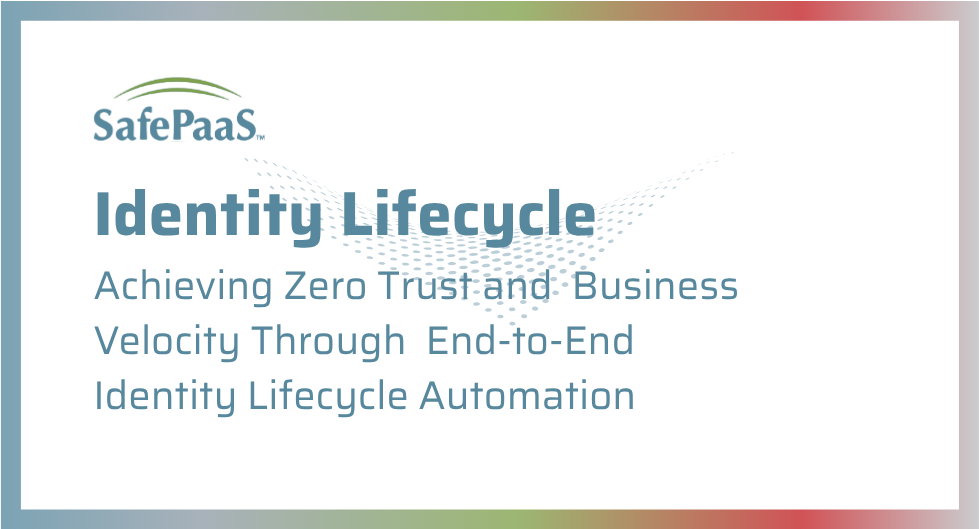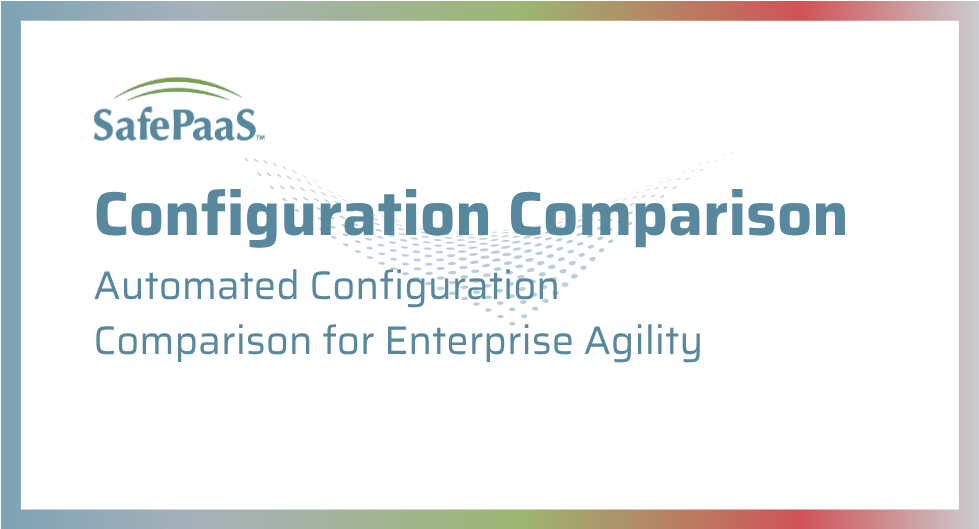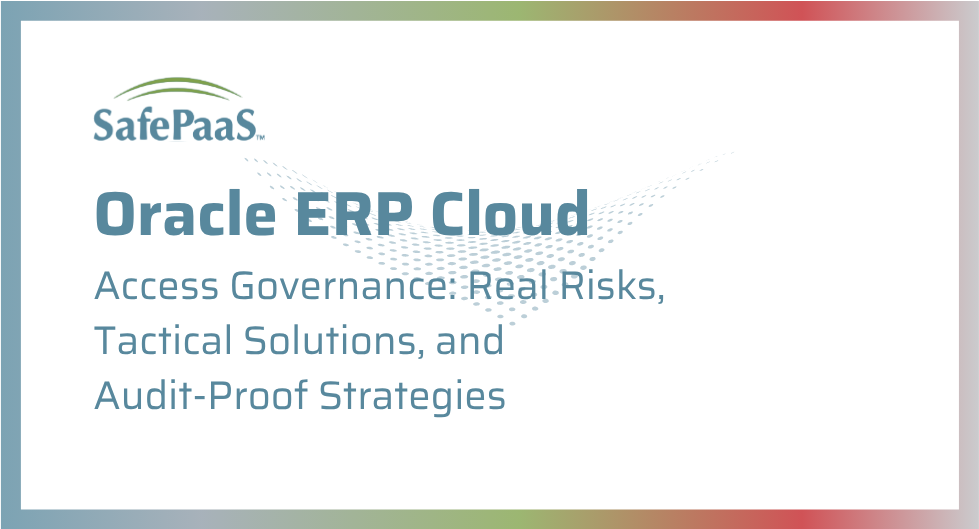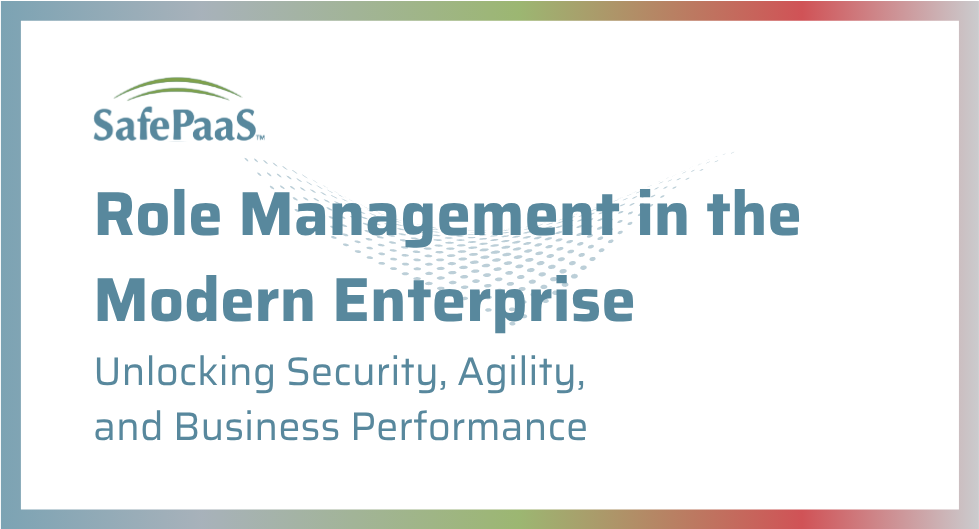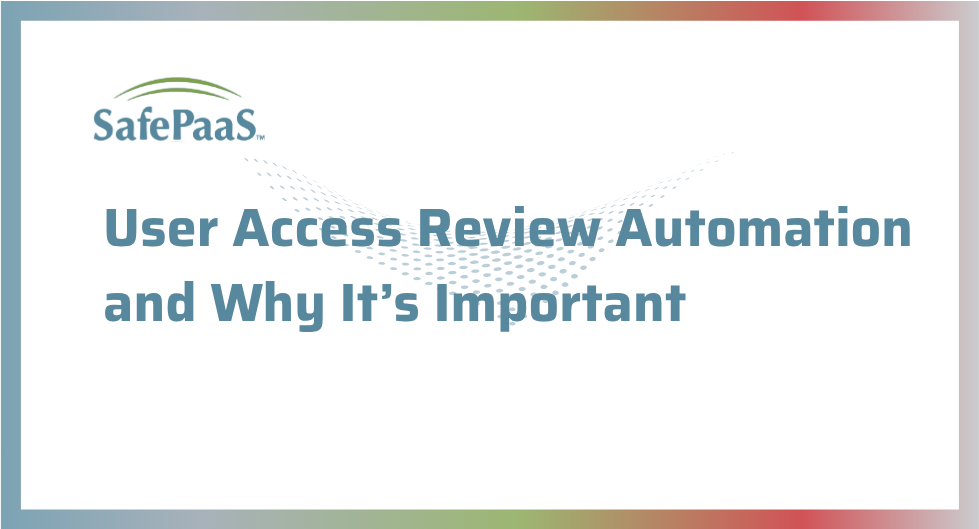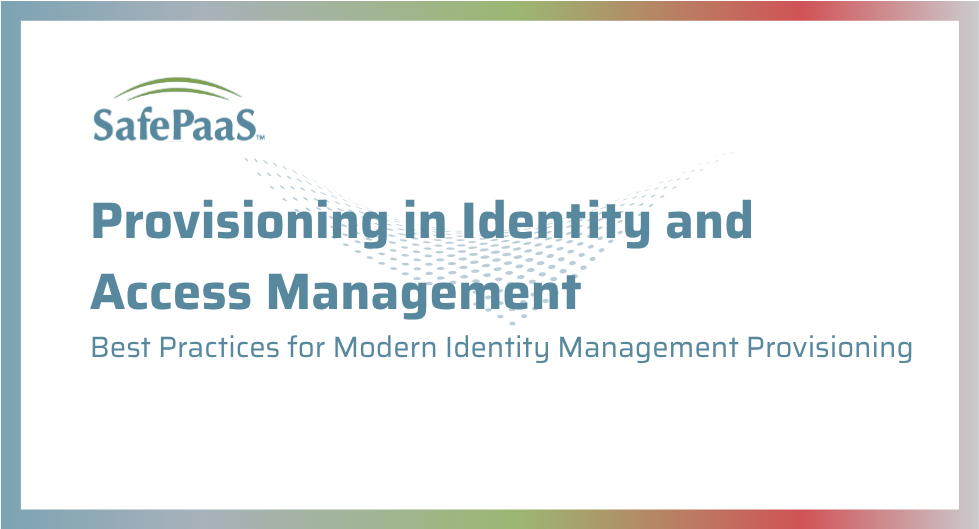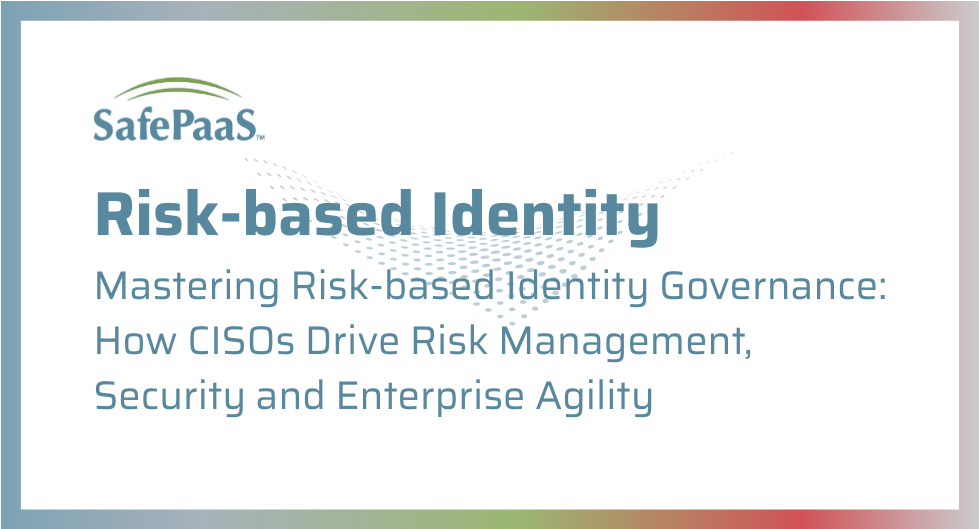The Cost of Manual Identity Access Management
Every major breach can be traced back to an operational flaw: a missed offboarding task, a hidden spreadsheet, or a privilege left unattended. While external threats evolve, the most severe vulnerabilities often originate inside the business through outdated, manual approaches to identity access management. Spreadsheet-driven routines, slow approvals, and reactive cleanups introduce silent gaps, creating risks that even thorough audits may never catch until it’s too late.
Fifty percent of businesses report that former employees retain access long after departure, amplifying compliance risk and organizational anxiety. The consequences go beyond inconvenience: each missed or delayed access review raises the cost of business change, slows innovation, and turns agile strategies into helpdesk-driven marathons. Manual access management is not just a technical bottleneck- it’s a recurring obstacle to strategic transformation, opening the door to regulatory fines, audit failures, and organizational stress.
As business and IT leaders confront new challenges- remote work, complex cloud migrations, and heightened regulatory scrutiny- the cracks in manual, “good enough” identity processes become impossible to ignore. For many organizations, the answer has traditionally been to patch gaps with a combination of scripts, tickets, and manual reviews layered on disconnected HR and IT platforms. But these band-aid controls, designed for smaller, less complex environments, now produce even more risk than resilience as the enterprise scales and digital complexity grows.
Why Traditional Identity Lifecycle Management Solutions Fail Modern Businesses?
Traditional identity management solutions typically evolve by stacking manual steps and fixes rather than addressing root causes. Instead of solving the problem, they make it harder to achieve visibility, consistency, and rapid remediation across the enterprise.
Symptoms of this legacy-first thinking include:
- Policy Drift: Frequent exceptions and constant business changes create a patchwork of inconsistent entitlements and outdated access rights.
- Mounting “Process Debt”: The accumulation of small oversights leads to privilege sprawl and unchecked proliferation of dormant or excessive accounts.
- Manual Provisioning and Missed Deprovisioning: Efforts to manage onboarding, transfers, and offboarding remain slow and error-prone, opening the floodgates for orphaned accounts, excessive credentials, and an increased risk of insider threats or external compromise.
Research shows that over 40% of organizations using legacy approaches have already suffered direct incidents- from dormant and ghost accounts to failed audits, privilege escalation, and costly public breaches. Caught in unending cycles of reactive fixes, crisis reviews, and manual cleanups, IT, HR, and compliance teams struggle to keep pace. Even diligent employees accumulate unnecessary access as they complete projects or change roles, often going undetected until a breach or audit reveals the lapse.
Without unified automation, these organizations are always playing catch-up- paying for inefficiencies with lost productivity, failed audits, IT burnout, and the ever-present anxiety of not really knowing “who has access to what.”
Automation: Transforming Identity Lifecycle Management from Task to Strategy
Automated identity lifecycle management is a complete shift from error-prone, slow, and fragmented routines to proactive, policy-based governance and real-time access intelligence.
Lifecycle automation spans all phases:
- Onboarding: Automated policy-based provisioning grants new hires access to applications, SaaS systems, and data based solely on their role, department, and pre-approved business rules on day one.
- Modifications: As users move departments or assume new responsibilities, automated workflows ensure that privilege changes are tracked, approved, and enforced- minimizing unnecessary access and risk of privilege escalation.
- Offboarding: Rapid, automated removal of access, accounts, and credentials when staff or vendors depart, closing a major gap for lurking risk.
Key business outcomes include:
- Stronger Security: Effective policy-based identity lifecycle management stops dormant or forgotten credentials from becoming attack vectors.
- Higher Productivity: Staff and contractors gain fast, secure access without bottlenecks or helpdesk delays.
- Reduced Helpdesk Load: Routine provisioning and deprovisioning become “set and forget,” freeing IT to focus on strategic initiatives.
- Streamlined Compliance: Centralized workflows and reporting offer up-to-date, auditable evidence to meet regulatory mandates, simplifying both internal and external audits.
Best Practices for Identity Lifecycle Management
Digital identity challenges aren’t abstract- they’re immediate and multiplicative. Every new SaaS tool, API integration, or temporary contractor creates permission sprawl that current IGA solutions can’t handle. Without a cohesive strategy, even diligent teams stumble into blind spots and costly overlaps. Policy-Based Access Control (PBAC) provides a concrete framework for organizations to regain visibility and control- not by layering more checkpoints, but by embedding intent and context into every identity transaction. Adopting this approach directly confronts complexity, reduces friction, and turns compliance into a built-in outcome, not an afterthought.
1. Enforce Least Privilege and Zero Trust
Give every identity- human or non-human- only the minimum access needed for the shortest time possible. Adopt a Zero Trust mindset: verify every session and access request, and never trust by default based on network or device.
2. Automate Provisioning, Changes, and Removal
Integrate with HRIS, ITSM, and application directories to ensure seamless system provisioning and access removal without manual steps. Utilize policy-based access control (PBAC) to ensure timely and context-aware access.
3. Enable User Self-Service, With Guardrails
Allow users to request access or credentials through guided, automated workflows. Require approvals, implement automatic expiration for temporary access, and enforce strong password policies and MFA by default.
4. Continuous Monitoring and Reporting
Leverage risk-aware analytics to flag unusual login patterns, access outliers, or privilege abuse. Run permission reviews and certification campaigns to combat risk from privilege creep.
5. Streamline and Document Offboarding
Automate the removal of all access for leavers and update connected systems in real time. Retain logs for compliance audits, and ensure no accounts or credentials are left active.
6. Invest in Identity-Centric Security
Shift focus from network boundaries to identity as the new perimeter. Integrate identity lifecycle management with SIEM, SOAR, and compliance tools for enterprise-wide monitoring and orchestrated response to threats.
7. Govern Non-Human and Machine Identities
As automation and IoT expand, apply lifecycle management to bots, service accounts, devices, and APIs, not just identities. Use unique credentials, restrict access, and audit activity.
Achieving Resilience at Scale: The Modern Identity Lifecycle Management Foundation
Modern identity governance demands continuous, intelligent controls. Top solutions deliver:
- Policy-Driven Automation
- Fine-Grained, Policy-Based Access Controls (PBAC) aligned with least privilege
- Accelerated Application Onboarding
- Embedded Risk Analytics & Zero Trust Enforcement
- Unified, Auditable Workflows
- Deep, Native Integration across HR, IT, cloud, SaaS, and legacy environments
- Capabilities for human and non-human identities
This enables a fast response to everything from M&A, downsizing, or role changes to sudden regulatory or threat landscape shifts- while maintaining a low-risk posture and high operational ambition.
“Traditional solutions and spreadsheets will never fully close the loop on access governance. Organizations need platforms designed to connect every lifecycle stage- provisioning, review, adjustment, removal, reporting, and attestation- within a single, persistent system of record.”
Full-Lifecycle, Closed-Loop Governance with SafePaaS
Modern identity governance is not merely about identifying risks- it’s about consistently removing them at every stage. Many organizations today suffer from “tool sprawl,” where privilege excess, policy violations, inconsistent manual reviews, and scattered audit records persist because responsibility is divided across disconnected systems.
SafePaaS solves this challenge by orchestrating detection, prevention, remediation, monitoring, and continual improvement- all in a unified, closed-loop process.
What Sets SafePaaS Apart?
Policy-Based Identity Access Governance
Security practitioners gain clear, policy-driven frameworks that simplify access decision-making and enforce rules consistently across every identity and application- eliminating ambiguity and guesswork from governance.
Security Attributes & Fine-Grained Controls
Fine-grained security attributes enable practitioners to apply least privilege at scale, ensuring only the right users can access the right resources at the right time. This adaptability helps close security gaps and fortify sensitive data.
AI-Powered Transformation for Accelerated Onboarding
Advanced automation and AI fast-track onboarding processes, making it possible for security teams to integrate new applications, users, and partners in record time – without manual backlogs or increased risk exposure.
Proactive Detection & Prevention
Dynamic policy enforcement blocks privilege excess and unauthorized risks before a violation or breach can occur. “What-if” simulations allow security practitioners, business, and IT leaders to model upcoming changes, acquiring deep, risk-aware insight before making a move- crucial when onboarding at scale, merging organizations, or planning restructures.
Automated Remediation & Streamlined Workflows
Guided workflows accelerate removal of excess access, close dormant or inactive accounts, redesign roles, and thoroughly document remediation- guaranteeing audit readiness. Automated, rule-based approvals reduce cycle times and operational drag while helping ensure that every process step is policy-compliant and secure.
Continuous Monitoring, Analytics & Assurance
With system-wide analytics, SafePaaS alerts security and business leaders to threats as they emerge. KRIs, automated evidence collection, and exception tracking deliver ongoing visibility and board-ready reporting, giving organizations the confidence that risks are contained and flagged before they escalate.
Centralized Evidence, Reporting & Continuous Improvement
All audit trails, reviews, and process analytics are captured in one platform, erasing complexity from compliance reporting and creating a single, trusted source for regulators and auditors. Built-in analytics surface bottlenecks and enable targeted improvements, making security a continuous business process rather than just another checkbox.
Other SafePaaS Benefits
- End-to-End Automation: Secure, policy-driven onboarding, transfers, and offboarding across all core systems- cloud, hybrid, and legacy.
- Advanced PBAC & Dynamic Policies: Restricts entitlement strictly to business need, based on real-time context- no more “set and forget.”
- Integrated SoD and Privileged Access: Detects and blocks toxic combinations before issues arise.
- Self-Service with Oversight: Business users initiate secure requests, all subject to multi-step approvals and risk checks.
- Fast-Tack Integrations: Connects to any application, HRIS, SaaS, ERP, ITSM, and more for end-to-end accuracy.
- Continuous, Audit-Ready Evidence: Every exception, review, and certification is tracked and available at a click.
SafePaaS fuses each capability to the persistent pains of enterprise identity lifecycle management- transforming governance into a proactive, scalable, and business-aligned advantage.
Trends and Strategic Considerations
- Zero Trust by Default: Every request is verified; no user, device, or session is trusted based on previous activity. This model is now a practical expectation, not an aspirational ideal.
- Regulatory Pressure Grows: With the introduction of new global privacy laws (GDPR 2.0 and industry-specific mandates), organizations are under pressure to demonstrate identity-centric security and data minimization at every step.
- Machine Identities Proliferate: Machine Identities Proliferate: As organizations automate more business processes, lifecycle management must extend to bots, APIs, and IoT devices, applying the same rules as for humans. The rise of agentic AI compounds this risk, as autonomous systems can now make independent decisions, access sensitive data, and take actions without direct oversight.
Investing in adaptive, automated, and business-aligned identity lifecycle management is the surest way to future-proof compliance, secure the perimeter, and support seamless digital experiences.
Next Steps: Move Beyond Bottlenecks- Transform Identity Into a Business Advantage
Manual, fragmented identity governance cannot keep up with the demands of a dynamic business environment. Organizations ready to scale efficiently, accelerate innovation, and proactively manage risk are moving to automated, closed-loop identity lifecycle management- turning what was once a bottleneck into a sustainable business advantage.
Are you ready to see these outcomes at scale?
